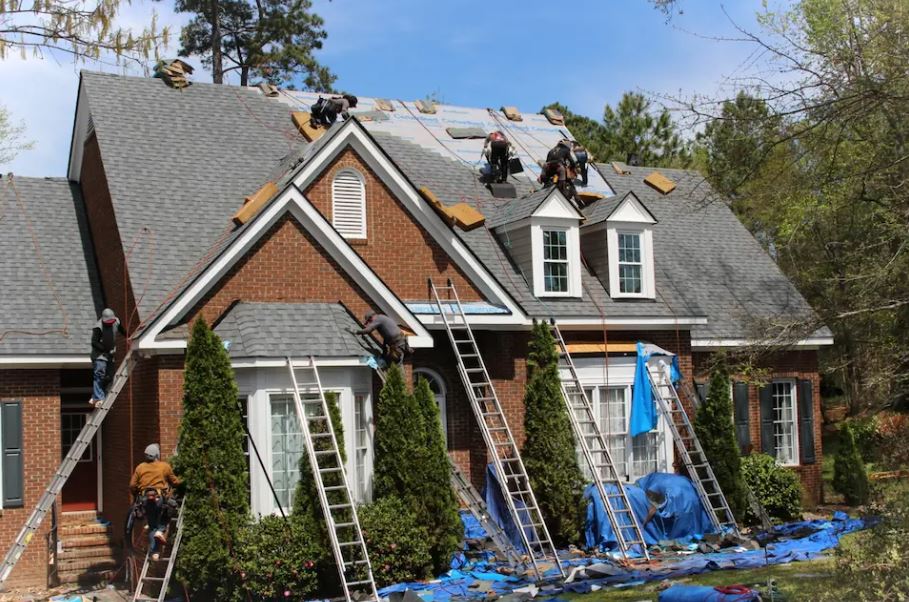In the grand scheme of home ownership, the roof often finds itself overlooked, its silent service taken for granted until it begins to falter. Yet this seemingly mundane part of a house plays an integral role in safeguarding the home’s structural integrity and indoor comfort. As such, knowing when a roof is approaching or has reached its expiration date becomes essential to prevent catastrophic failures that could lead to significant financial burden.
A functional roof serves as an impenetrable barrier against external elements, while a failing one spells impending disaster. Recognizing signs of wear and tear can be instrumental in scheduling timely repairs or replacements, thereby avoiding potential damage to other parts of the property.
This article aims to help homeowners understand these symptoms and make informed decisions regarding their roofs’ health. Knowledge is indeed power; hence being well-informed about your roof’s condition can save you from unexpected surprises down the line.
Identifying Signs of Wear and Tear
Signs of wear and tear, such as missing or curling shingles, cracked tiles, or a sagging roofline may indicate the need for a comprehensive roof replacement. These signs are suggestive of an underlying issue that has compromised the structural integrity of the roofing system.
For instance, missing shingles can expose the underlayment and decking to elements like rainwater and intense sunlight, leading to further deterioration. Curling shingles might suggest poor attic ventilation or improper installation procedure which leads to moisture entrapment causing them to warp over time. Similarly, cracked tiles could be an aftermath of harsh weather conditions or physical impact that have jeopardized their durability.
A sagging roofline is another significant indicator necessitating immediate attention as it signifies severe structural issues. This could result from prolonged exposure to excess moisture leading to rotten sheathing or even more critically, compromised support beams.
In addition to these visible cues, granules in gutters denote advanced stages of shingle degeneration while daylight seeping through roof boards proposes deficient roofing material coverage. It is essential not just for aesthetic appeal but also for safety and long-term cost-effectiveness that homeowners proactively identify these signs thereby informing decisions on whether a repair would suffice or if a complete replacement becomes imperative.
Understanding When to Consider a New Covering for Your Home
Determining the appropriate time to invest in a new protective layer for one’s abode can often be deduced from numerous indicators. These signs may not only indicate the necessity of a replacement but also equip homeowners with valuable knowledge about their dwelling’s state and longevity. When considering when to replace, it is critical to comprehend that the lifespan of most roofing materials varies significantly, ranging from 15 years for asphalt shingles to more than 50 years for metal or tile roofs. Thus, understanding the age of one’s roof becomes an integral factor in making an informed decision.
Additionally, other significant signs pointing towards a necessary replacement include:
– Visible damages such as cracked, curled or missing shingles which not only compromise aesthetics but also affect functionality.
– The presence of granules in gutters acts as an alarming indicator demonstrating that your roof may have reached its life expectancy.
– Interior leaks or water stains on walls and ceilings are almost always indicative of severe problems needing immediate attention.
These symptoms collectively suggest that investing in a new covering might be beneficial. By acknowledging these indicators and acting promptly, homeowners can ensure they uphold their home’s structural integrity while creating a sense of security and belonging within their living spaces.
It is advisable to consult professionals when faced with these signs for your roof replacement rather than resorting to temporary solutions which could potentially exacerbate underlying issues leading to increased expenses over time.
The Complete Guide To Roof Replacement: All The Information You Need

